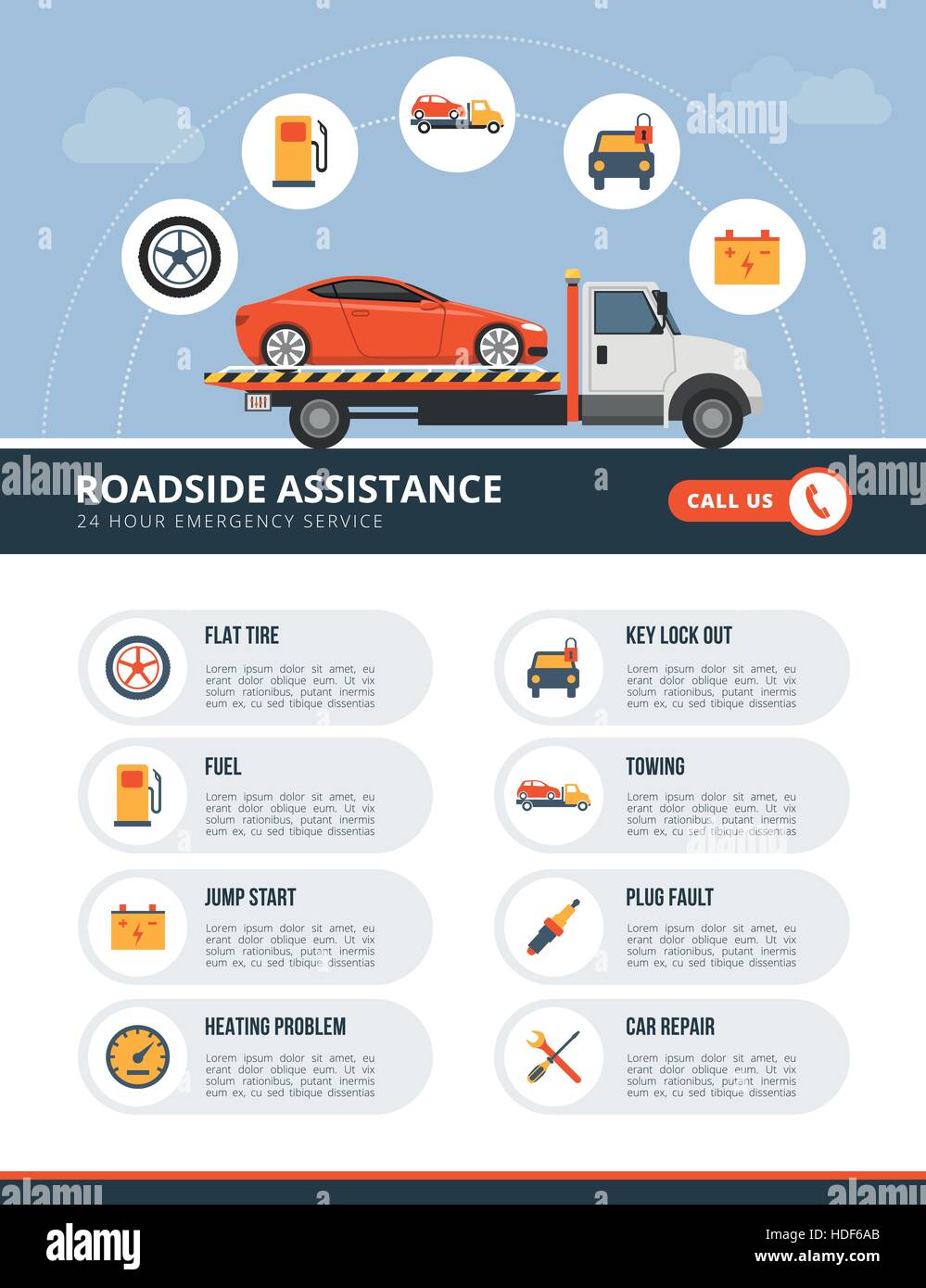Seeking Clarity On The Caution Lights Presented On Your Cars And Truck'S Control Panel? Learn Exactly How They Connect To Your Vehicle'S Health And Wellness
Seeking Clarity On The Caution Lights Presented On Your Cars And Truck'S Control Panel? Learn Exactly How They Connect To Your Vehicle'S Health And Wellness
Blog Article
Material Author-Termansen Kejser
When you're behind the wheel, those radiant warning lights on your control panel can be a bit difficult. Do you recognize what they're trying to inform you regarding your auto's wellness? Recognizing the value of these lights is essential for your security and the durability of your vehicle. So, the following time among those lights pops up, would not you wish to decode its message properly and take the necessary steps to resolve it?
Common Warning Lights and Interpretations
Identify usual warning lights in your automobile and understand their definitions to ensure safe driving.
One of the most normal caution lights consist of the check engine light, which indicates issues with the engine or discharges system. If this light begins, it's essential to have your vehicle inspected promptly.
The oil stress alerting light suggests reduced oil stress, needing prompt interest to prevent engine damage.
car ceramic coating nz blinking battery light might recommend a damaged charging system, possibly leaving you stranded otherwise resolved.
The tire pressure surveillance system (TPMS) light notifies you to low tire pressure, affecting lorry security and fuel efficiency. Overlooking this might result in dangerous driving problems.
The abdominal muscle light shows a trouble with the anti-lock stopping system, endangering your capacity to stop quickly in emergencies.
Last but not least, the coolant temperature level advising light warns of engine getting too hot, which can lead to severe damage if not settled quickly.
Recognizing these common caution lights will certainly assist you attend to problems promptly and keep secure driving conditions.
Relevance of Prompt Interest
Recognizing the typical caution lights in your automobile is only the first step; the value of quickly attending to these cautions can't be highlighted enough to ensure your safety and security when driving.
When a caution light brightens on your dashboard, it's your vehicle's means of connecting a potential concern that requires attention. Disregarding auto detailing can result in a lot more extreme issues down the road, endangering your security and possibly costing you much more in repairs.
Trigger interest to cautioning lights can protect against breakdowns and mishaps. For instance, a blinking check engine light might indicate a misfire that, if left unattended, might cause damage to the catalytic converter. Resolving this without delay can save you from an expensive fixing.
In a similar way, a brake system advising light could signify low brake liquid or worn brake pads, crucial components for your safety and security when driving.
Do It Yourself Troubleshooting Tips
If you discover a caution light on your control panel, there are a couple of do it yourself fixing suggestions you can attempt before looking for professional aid.
The initial step is to consult your automobile's guidebook to understand what the details warning light indicates. Sometimes the concern can be as simple as a loosened gas cap activating the check engine light. Tightening gardx ceramic coating may settle the issue.
An additional typical issue is a low battery, which can activate numerous warning lights. Inspecting the battery links for corrosion and guaranteeing they're secure might take care of the problem.
If a warning light continues, you can attempt resetting it by detaching the vehicle's battery for a couple of mins and then reconnecting it. In addition, inspecting your automobile's fluid degrees, such as oil, coolant, and brake fluid, can aid repair warning lights associated with these systems.
Verdict
In conclusion, understanding your vehicle's caution lights is important for keeping your vehicle running smoothly and safely. By promptly dealing with these signals and recognizing what they indicate, you can avoid expensive repairs and prospective break downs.
Remember to consult your car's guidebook for specific information on each alerting light and take action appropriately to make sure a hassle-free driving experience.
Remain notified, remain secure when driving!
